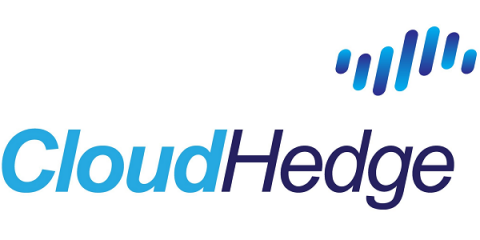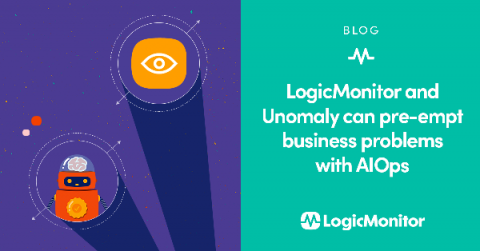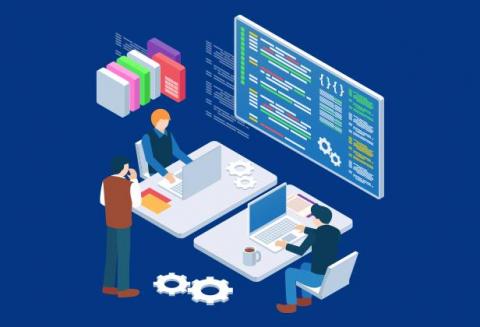Why Enterprises should push for Container Adoption in 2020?
Enterprises that have been running their own data centers for a number of years are skeptical of the benefits associated with cloud. One of the considerations for many enterprises is to be able to build modern applications such that the dependency on a particular cloud stack is minimal, or the interfaces that are depending on the specific cloud are abstracted well.











